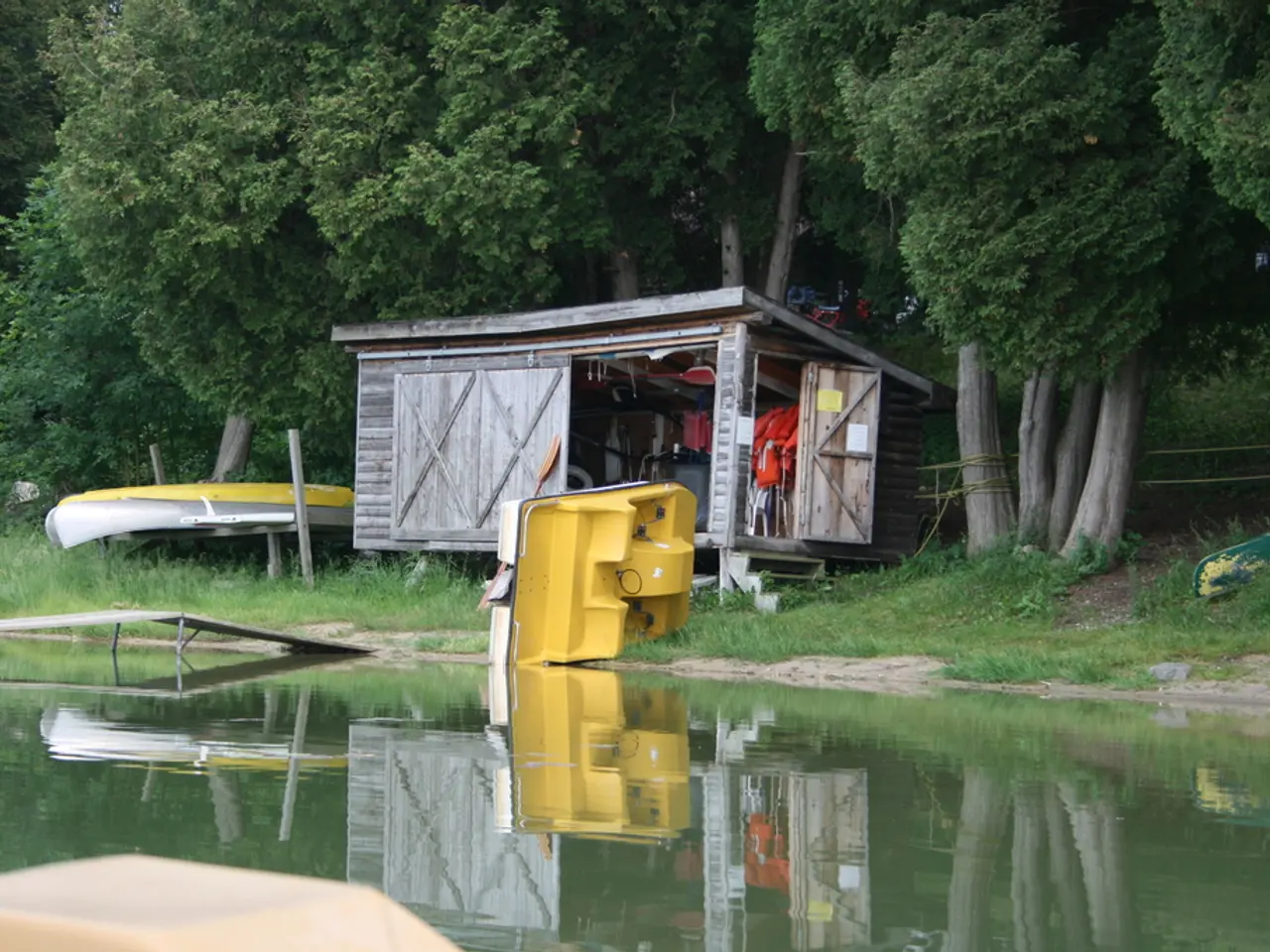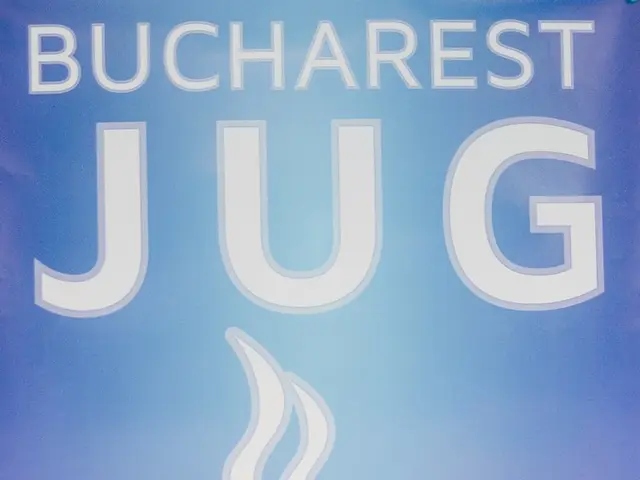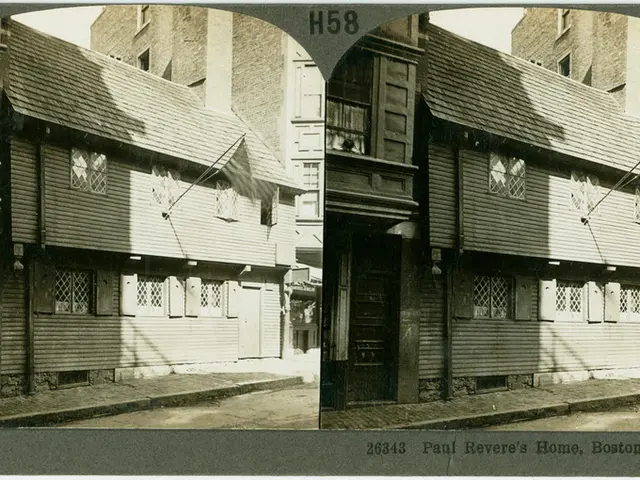Swiss Cantons Protect UNESCO Site from Beaver Damage with Metal Grid
A solution has been found to protect a UNESCO World Heritage Site in Switzerland from beaver damage. The cantons of Solothurn and Bern have agreed to install a metal grid in Lake Inkwil to keep beavers away from the prehistoric pile dwellings on the island.
Lake Inkwil, home to an archaeologically significant site of protected prehistoric pile dwellings, has been facing a threat from a beaver family nesting on the island. Divers discovered 14 tunnel entrances around the island's edge, confirming the presence of a pair of adult beavers and two to four juveniles.
To preserve the ancient structures, the cantons have decided to install a metal grid extending from the island into the water. This barrier will cost around 800,000 Swiss francs. Authorities hope the beavers may relocate to a smaller island in the lake.
The lake has been silting up at an accelerated rate, nearly 20 to 30 times faster than under natural conditions over the past 200 years. A restoration project was completed in 2019 to preserve the lake for future generations. The island, which has been the focus of archaeological excavations by the Canton of Bern's Archaeological Service, will remain untouched in its current state.
The cantons of Solothurn and Bern have taken a significant step to protect the prehistoric pile dwellings at Lake Inkwil from further damage caused by beavers. The installation of the metal grid barrier is expected to safeguard the UNESCO World Heritage Site and preserve it for future generations.







